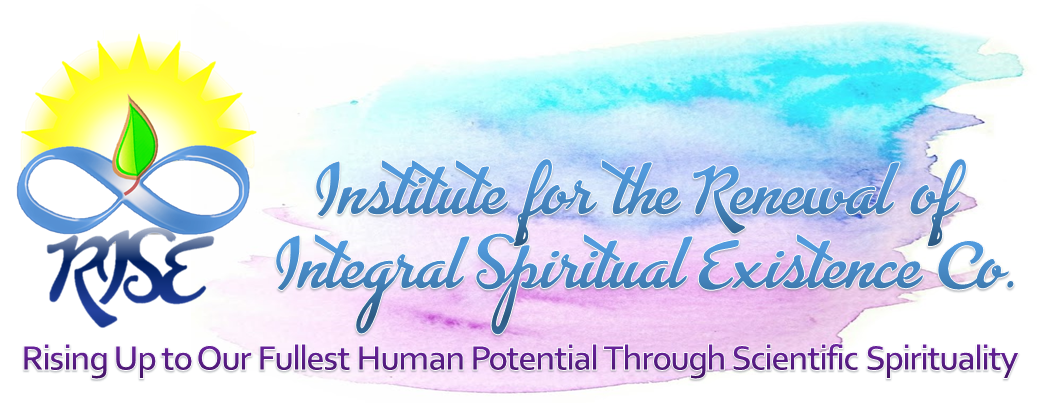I vividly remember that one night in Grade 5, many years ago, when our class went stargazing. We were in for a treat, the PAGASA astronomer said, Venus and Mars could be seen by the naked eye. Of course, I knew what Venus and Mars were, and I had a number of constellations memorized. For me, these heavenly bodies are no more than that – I know they are present in the skies, both day and night, but they are much too far to be of any value to me. For sure, many of us feel the same way. After all, what use is there to know more about the planets when they aren’t even livable?
But the study of the universe, its planets, and the stars, have come a long way. In 2015, Astrophysicist Karel Schrijver and his wife, Iris Schrijver published a book entitled, Living with the Stars: How the Human Body is Connected to the Life Cycles of the Earth, the Planets and the Stars. The book is significant in many respects. First, they talk about how all of life was created out of the same material that makes up stars. Second, they move on to discuss how the very process that created our solar system can be found in the way the human body operates. Lastly, the book drives home the important message that the human body is impermanent and that whatever happens to our environment, will always affect us physiologically.
Read Original Article
Read Online
Click the button below if you wish to read the article on the website where it was originally published.





